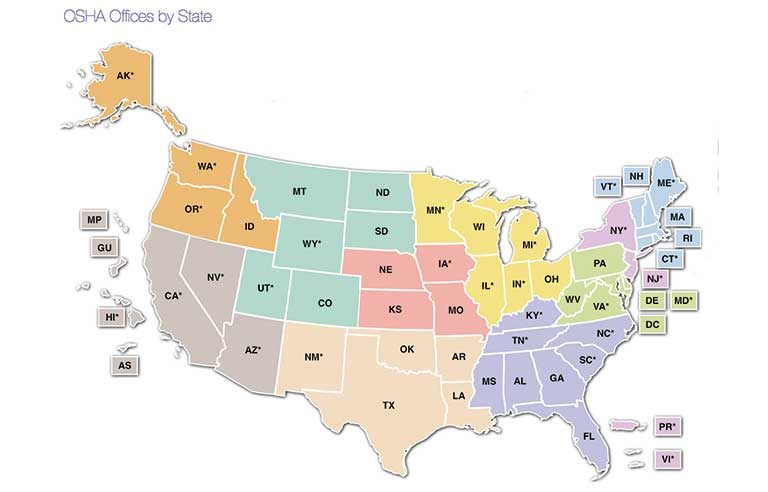COVID-19 pandemic: OSHA details enforcement priorities for area offices

Washington — OSHA is instructing area directors to prioritize COVID-19-related inspections according to a workplace’s risk of exposure and in coordination with regional offices.
An April 13 memo from OSHA states that the agency’s interim enforcement response plan gives “flexibility and discretion for our field offices to maximize OSHA’s impact in securing safe workplaces for workers in this evolving environment.”
Fatalities and imminent-danger exposures related to the pandemic will take priority for onsite inspections. Covered establishments with “high” to “very high” risk levels, such as health care organizations and first responders, will be given “particular attention.”
Meanwhile, establishments with medium or lower exposure risk levels may not have an onsite inspection – even if workers file complaints.
“In such cases, area offices will use the nonformal procedures for investigating alleged hazards,” the memo states. “Inadequate responses to a phone/fax investigation should be considered for an onsite inspection in accordance with the [Field Operations Manual].”
The memo provides examples of organizations at each risk level, as well as a sample letter to employers for COVID-19-related enforcement activities, a sample hazard alert letter and a sample alleged violation description for General Duty Clause citations, along with guidance for OSHA compliance safety and health officers during inspections.
| Sign up for Safety+Health's free monthly email newsletters and get the news that's important to you. |
“Workers requesting inspections, complaining of coronavirus exposure, or reporting illnesses may be protected under one or more whistleblower statutes and will be informed of their protections from retaliation,” an April 13 agency press release states.
Acting administrator Loren Sweatt added: “OSHA is committed to protecting the health and safety of America’s workers during this challenging time in our nation’s history. Today’s guidance outlines commonsense procedures for investigating complaints related to the coronavirus while also ensuring the safety of workers, employers and inspectors.”
Post a comment to this article
Safety+Health welcomes comments that promote respectful dialogue. Please stay on topic. Comments that contain personal attacks, profanity or abusive language – or those aggressively promoting products or services – will be removed. We reserve the right to determine which comments violate our comment policy. (Anonymous comments are welcome; merely skip the “name” field in the comment box. An email address is required but will not be included with your comment.)

